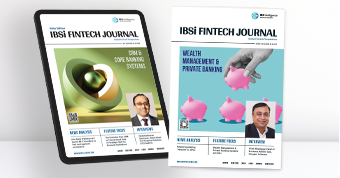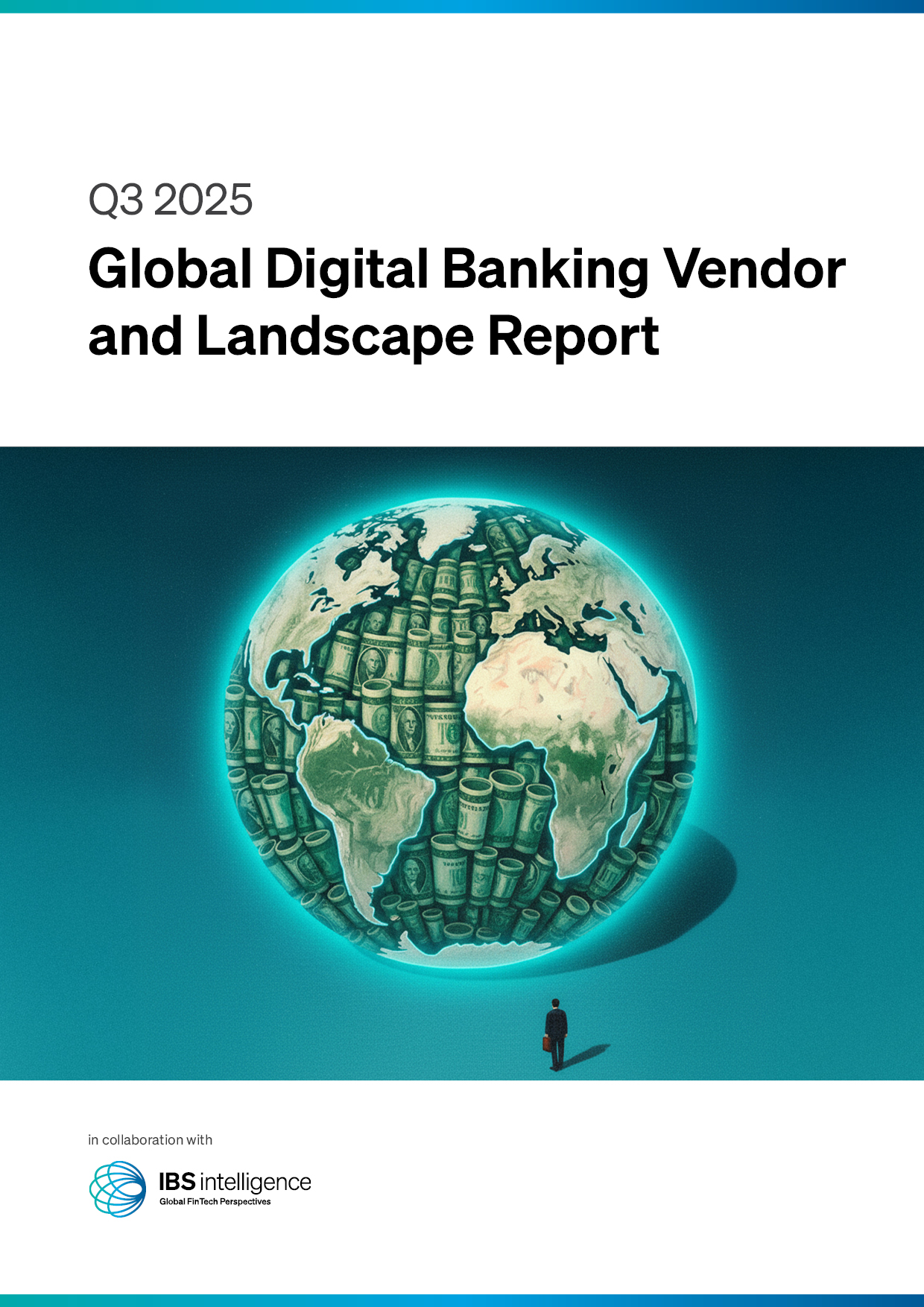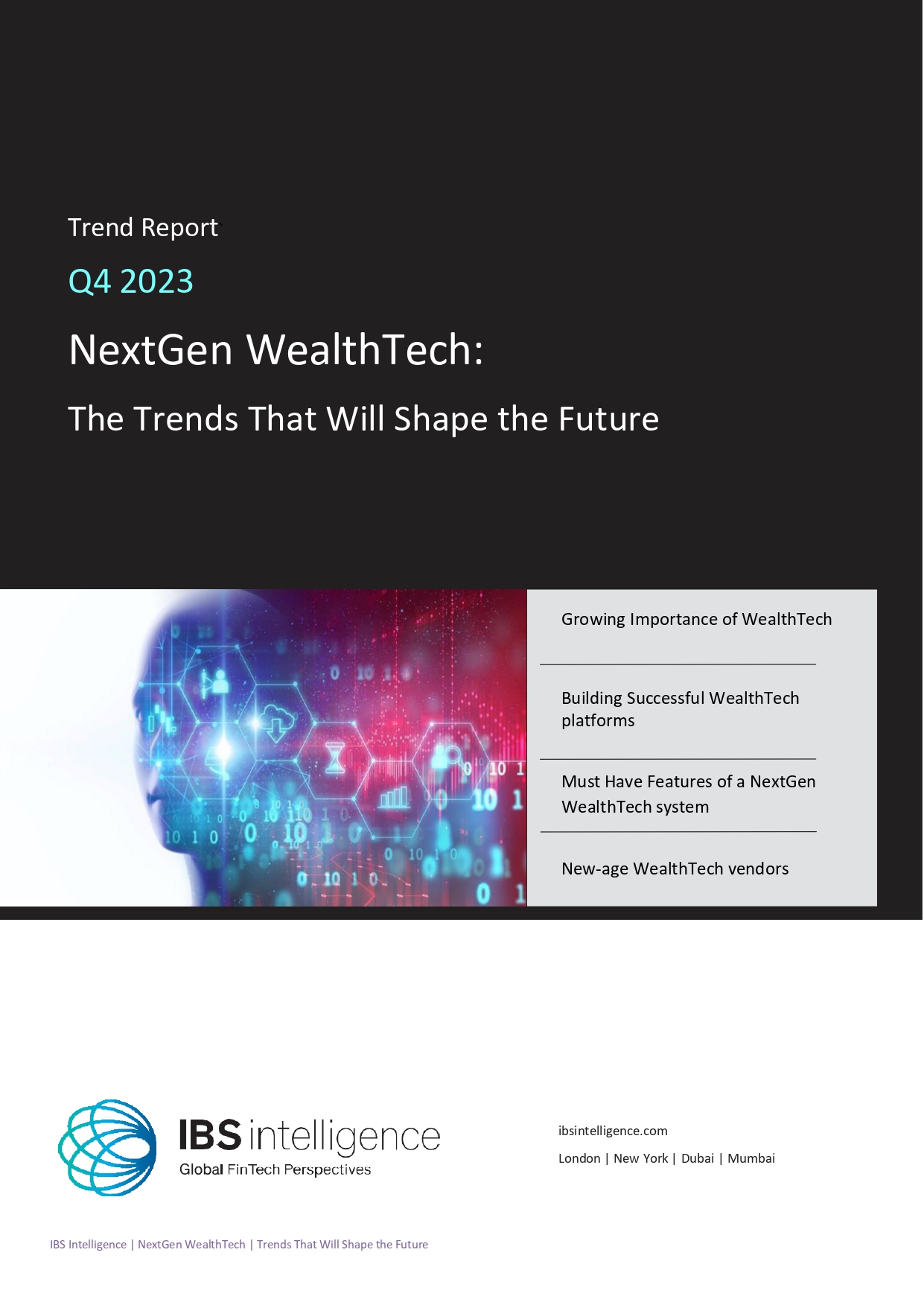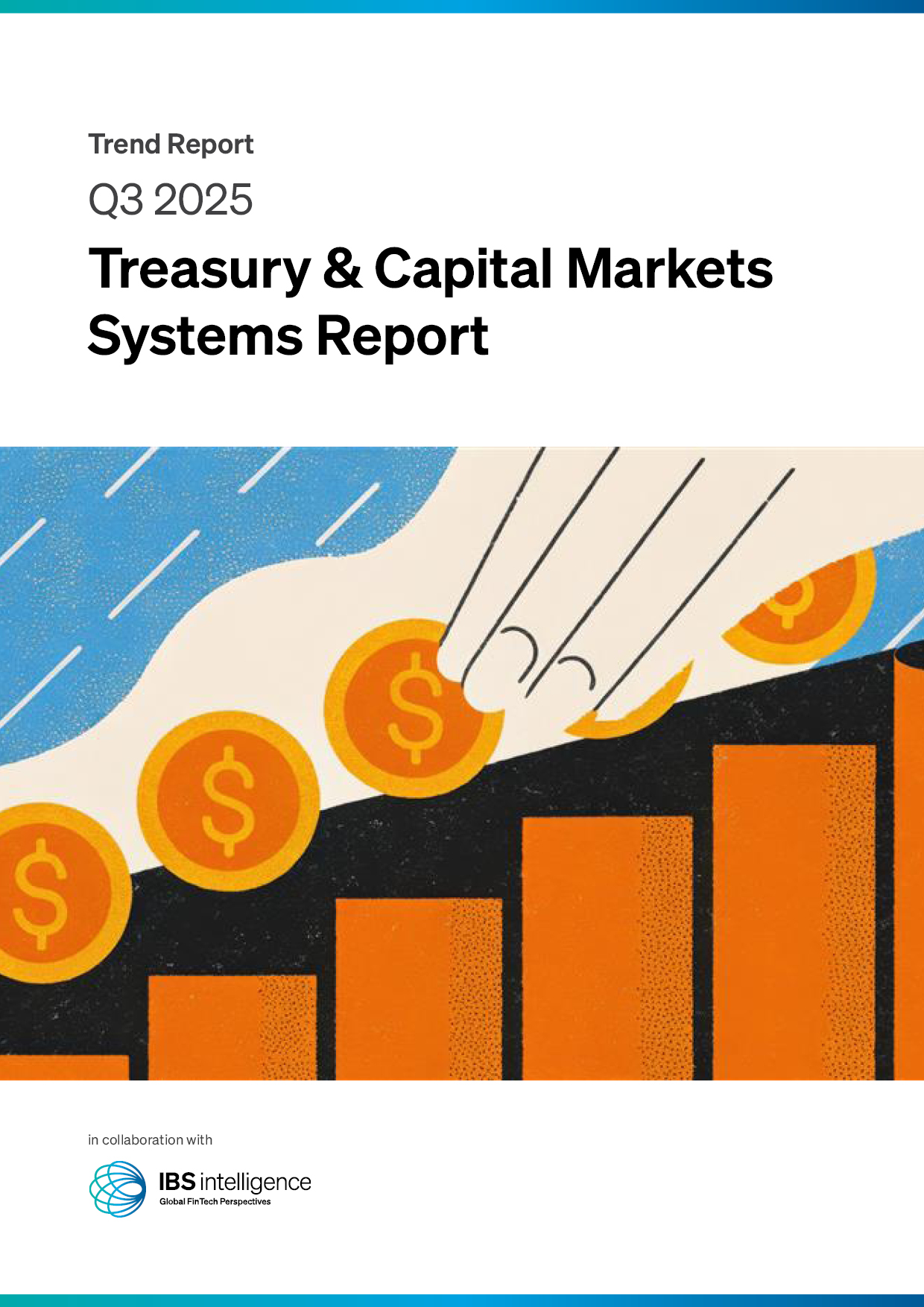 Back
Back
The True Cost Per Acquisition: What Banks and FinTech Companies Need to Know

By Nicky Senyard, CEO and Founder, Fintel Connect
There are several common misconceptions about Cost Per Acquisition (CPA) in the financial services industry. FinTech companies and banks focus on the amount they’re willing to spend instead of what is required to compete in the market.
When done right, CPA is a window into how efficiently FinTech companies are converting interest into long-term, profitable relationships. When misunderstood, it leads to wasted spending, misaligned strategy, and limited return on investment (ROI).
To better understand all the factors affecting it, we created the CPA Benchmarking Guide for Financial Services. Let’s unpack the factors that impact CPA for financial services and how FinTech companies and banks can optimise it to drive sustainable growth.
Looking Beyond the Marketing Budget
The industry tends to treat CPA as the sum they’re willing to spend to get a new customer, but it’s about how you’re considering five key factors in your strategy:
- Product: Customer acquisition costs vary by product. Factors such as market demand, customer intent, and product appeal influence these costs. Products such as mortgages and investment services usually have higher costs due to longer customer journeys and larger transaction values that require building trust. In contrast, checking or savings accounts typically have lower costs.
- Brand Competitiveness: A recognisable brand can lower customer acquisition costs. Financial brands with strong brand awareness convert more efficiently and can maintain conversions even with lower cost-per-acquisition (CPA) rates. Brands with less awareness face higher costs as they need to work harder to gain consumer trust.
- Marketing Channels: Each marketing channel affects customer acquisition costs differently. Choosing the right mix is essential.
- Conversion Events: The most common conversion event for calculating CPA in financial services is account approval, but there are others depending on the use case. The cost per qualified lead is used more often for mortgages, while the cost per click may be more important for new-to-market products. What matters is to align the conversion event with the right channel and funnel stage.
- External Market Forces: The economic landscape significantly impacts customer acquisition costs. Things like consumer preferences, rate environment, competition, and geopolitical environment all add complexity.
Understanding the full picture helps marketing teams create effective strategies. It also allows leaders to budget in ways that truly drive growth.
Trends affecting CPA
In 2025, there are key trends reshaping how financial brands are building their cost-per-acquisition strategies. These trends present both challenges and opportunities:
- AI-Powered Precision and Personalisation: AI is transforming marketing by targeting the right audiences more effectively. It identifies high-intent customers earlier in the funnel, making campaigns more effective and cost-efficient.
- Privacy-Driven Data Collection: With privacy regulations getting stricter, marketers are focusing on first-party, consent-based data. This shift is affecting attribution capabilities, requiring CPA compensation for lost referral credits.
- Rising Competition: The competitive landscape is getting tougher. Only the best products will succeed. This is driving financial marketers to expand and diversify their channel, partner and messaging mix to appeal to different audiences.
- Multi-Channel Campaigns: Marketing must be effective and consistent across channels to win conversions. Combining media, search, and affiliate marketing improves channel performance and can increase CPA efficiencies.
- Customer Incentive Costs: Brands are focusing on delivering maximum value to customers by creating more collaborative incentive offers through partnerships. Although this approach may result in higher perceived customer acquisition costs, it is expected to attract higher quality customers.
From the integration of AI for precision targeting to the demands of adhering to privacy regulations, financial marketers must stay abreast of these trends while defining their customer acquisition strategies.
Partnerships as an acquisition channel
From all the different channels used in customer acquisition, affiliate marketing is a powerful method for customer acquisition because it offers several key benefits: it is performance-based, meaning you only pay for actual results; it is scalable, allowing you to control the volume by adjusting partner incentives; and it is predictable, unlike the uncertainty of bidding wars that occurs in search ads.
Achieving success in affiliate marketing requires attention to many important factors, such as collaborating with quality affiliates, sharing genuine conversion data instead of just superficial click metrics, and structuring commissions to reward valuable, funded accounts rather than just casual browsers.
Turning CPA Into a Competitive Advantage
CPA isn’t just a line item on a marketing budget, it’s a strategic lever that impacts product, performance, and profitability.
By taking a smarter approach to acquisition —one that aligns internal expectations with external realities —banks and FinTechs can gain a competitive edge. That means embracing data-driven strategies, adapting to emerging trends like AI and privacy regulations, and leveraging scalable, performance-based channels like affiliate marketing.
Those who treat CPA as a dynamic, evolving metric rather than a fixed cost will be better positioned to attract high-value customers and drive long-term growth in 2025 and beyond.
IBSi News

November 06, 2025
AI
Digital intelligence for a greener banking future, Jo Paisley, President, Global Association of Risk Professionals (GARP)
Read MoreGet the IBSi FinTech Journal India Edition
- Insightful Financial Technology News Analysis
- Leadership Interviews from the Indian FinTech Ecosystem
- Expert Perspectives from the Executive Team
- Snapshots of Industry Deals, Events & Insights
- An India FinTech Case Study
- Monthly issues of the iconic global IBSi FinTech Journal
- Attend a webinar hosted by the magazine once during your subscription period
₹200 ₹99*/month
* Discounted Offer for a Limited Period on a 12-month Subscription
IBSi FinTech Journal

- Most trusted FinTech journal since 1991
- Digital monthly issue
- 60+ pages of research, analysis, interviews, opinions, and rankings
- Global coverage
Other Related Blogs
November 03, 2025





